Professor Nazario Martín, University Complutense of Madrid and IMDEA-Nanoscience, reviews the second edition of this book, edited by Javier García-Martínez.
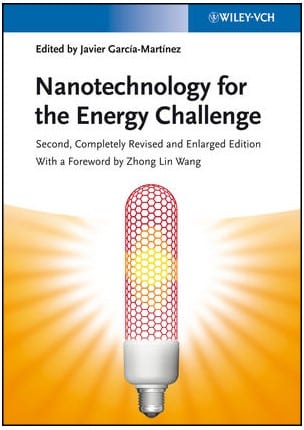

Professor Nazario Martín, University Complutense of Madrid and IMDEA-Nanoscience, reviews the second edition of this book, edited by Javier García-Martínez.
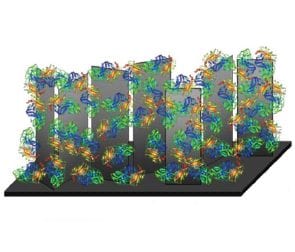
A high performance laccase-based biofuel cell cathode is developed using carbon nanosheets as the catalyst support and buckypaper as the substrate electrode.

Copper-nickel sheathing on offshore structures offers a long-term alternative to conventional coating systems.
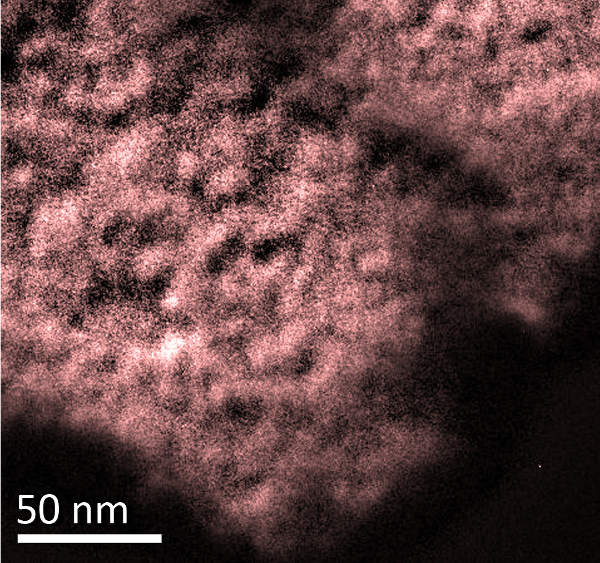
Researchers suggest a novel, mesoporous, nitrogen-doped carbon (MPNC)-sulfur nanocomposite material as a cathode for lithium-sulfur batteries.
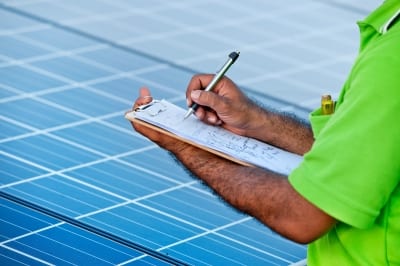
Danish scientists analyze advantages and disadvantages of the most promising printing technologies for metal back electrodes used in polymer solar cells.
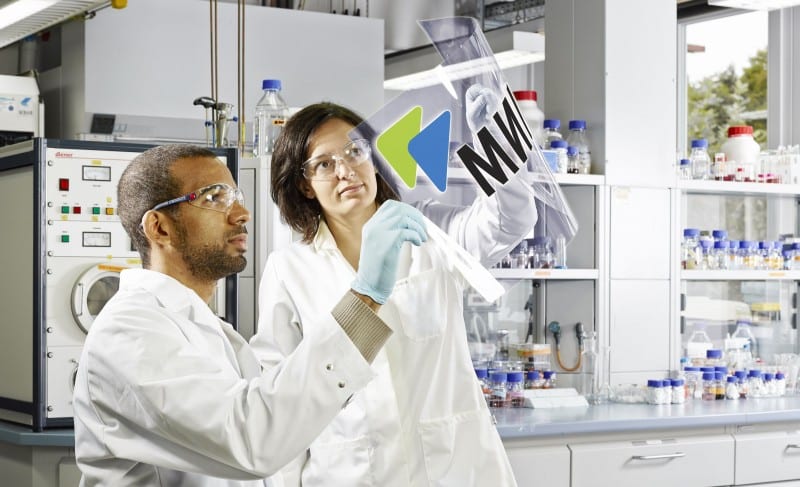
Scientists at the INM are exploring new routes to flexible and transparent coatings that conduct electricity particularly well.
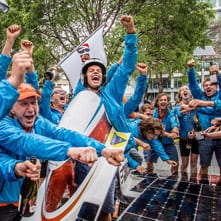
Coating technology developed by AkzoNobel’s Sikkens paint brand has helped power the Dutch Nuna7 solar vehicle to victory in this year’s World Solar Challenge.
Researchers report the fabrication of well adhered mixed nanocrystalline anatase-rutile TiO2 coatings on grains of quartz, rutile and zircon sands.
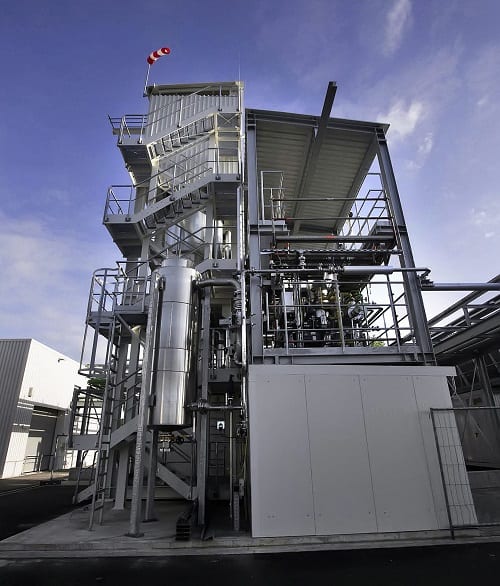
Audi opens an e-gas plant in Werlte making it the first automobile manufacturer to develop a chain of sustainable energy carriers.
Researchers develop a new approach to create a homogeneous carbon coating on the surface of titanium dioxide nanoparticles for use in lithium ion batteries.